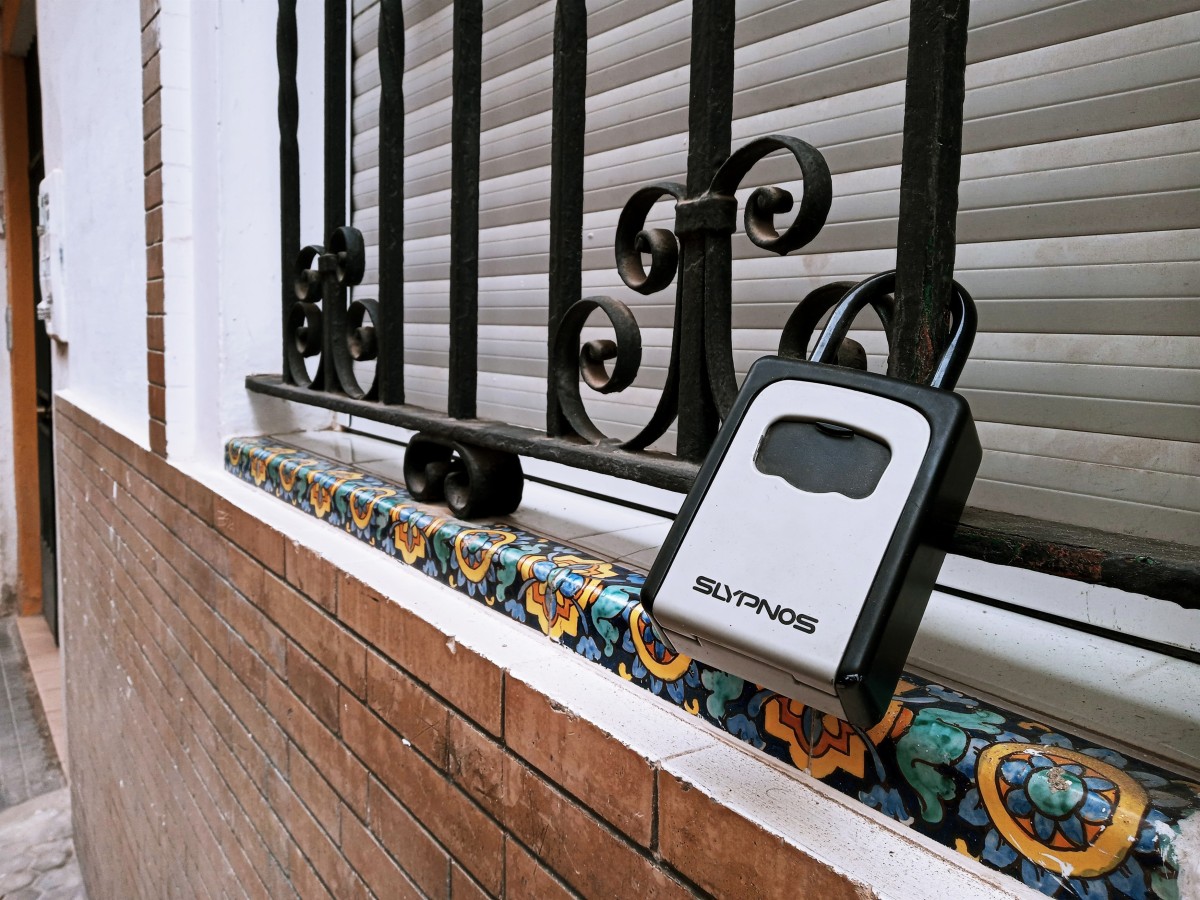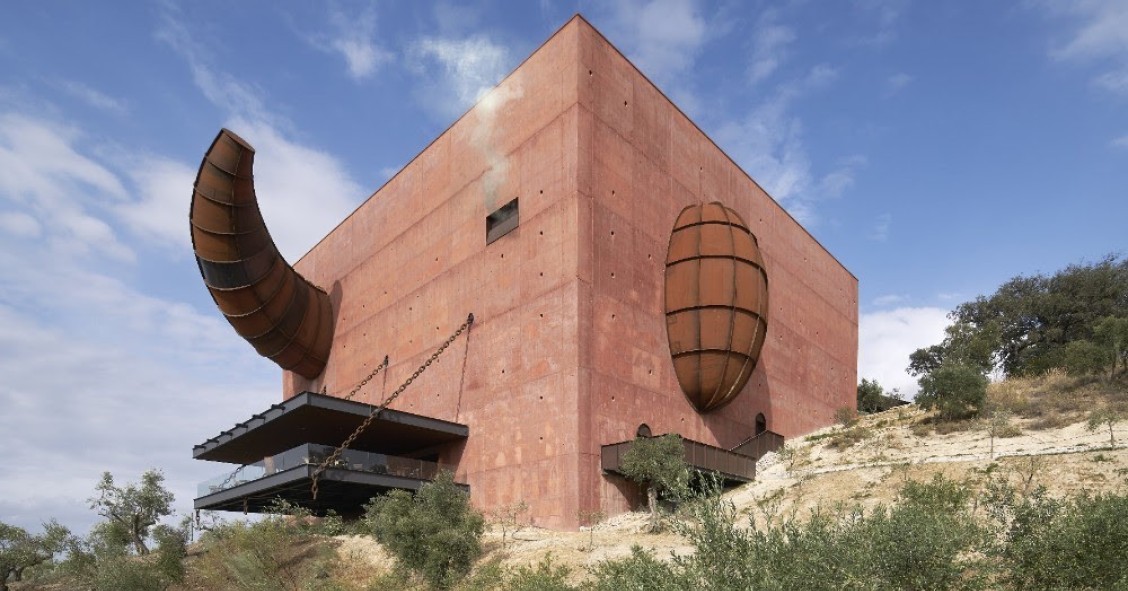
The Málaga City Council’s governing team has promoted an amendment to the General Plan (PGOU) to restrict or limit new tourist accommodation in certain neighbourhoods of the city through an urban zoning plan.
Specifically, from the amendment’s entry into force, there will be 43 neighbourhoods where new tourist properties cannot be registered – those in which tourist properties constitute more than 8% of the residential stock – and 328 neighbourhoods where only tourist homes with independent entrances and services may be registered.
The remaining 46 neighbourhoods, bringing the total to 417, are not classified as residential areas, according to the town planning councillor, Carmen Casero. She explained that the local government board will initially approve this amendment, which will then need to be validated by the Plenary and published in the Official Provincial Gazette (BOP) before it comes into force.
The amendment to the PGOU focuses on adding a provision in line with Decree 31/2024 from the Junta de Andalucía, which allows municipalities to impose restrictions on tourist housing for reasons of general interest.
Consequently, this provision of the PGOU will aim to limit such housing in neighbourhoods where there is already a significant concentration of tourist accommodations that negatively impact the residential stock. This assessment is based on a study of the impact of tourist housing in the city, conducted by Espacio Común Coop, which provides data up to June of this year.
Impact of tourist housing in the city
The document, which will undergo constant revision, is based on a situational analysis. To this end, the authors of the report propose zoning the city’s neighbourhoods where these limitations will be imposed. Based on this, they suggest a maximum number of properties that can be introduced in each neighbourhood.
The study, which analyses the impact of tourist accommodation on 417 neighbourhoods in the city, considers the number of such properties registered in the Andalusian Tourism Register - RTA (11,559 in total, with 7,035 operating through platforms). It concludes that tourist accommodation (VUT) accounts for nearly 75% of the available tourist accommodation capacity and is concentrated in four districts of the city, with the Central District alone accounting for 65% of these properties.
Additionally, between 2016 and 2024, VUTs have increased predominantly in areas experiencing greater residential tourist pressure. The study indicates that properties for tourist use offer significantly higher economic profitability than conventional rentals. Furthermore, neighbourhoods with higher residential tourist pressure tend to lose more residents and households or experience slower growth in these metrics, while rental prices are higher in areas with a greater concentration of VUTs.
Moreover, in the most stressed areas, the levels of VUTs have surpassed those existing in the period before the Covid-19 pandemic. A reduction in the stock of vacant properties has led to properties for tourist use becoming part of the main housing stock. The study also highlights the impact on housing accessibility for residents in statistical areas with a higher number of properties designated for tourist use.
Limitations on new tourist accommodation
Based on this study and its findings, a series of limitations are proposed for tourist accommodation. These limitations aim to promote the implementation of tourist properties in neighbourhoods with lower tourist pressure while preventing them in areas with a higher concentration of tourist accommodations.
The provision to be included in the General Plan references the establishment of a maximum number of tourist properties authorised in each neighbourhood, determined by applying the 8% threshold to the number of residential properties available in that area.
This figure has been derived by rounding to the nearest whole number of residential properties available in each neighbourhood, as calculated based on the registrations of properties for residential use in the Cadastre.
Consequently, following the publication in the BOP of the initial approval of this amendment to the PGOU, new authorisations may only be granted until the maximum limit is reached in those neighbourhoods where the established maximum number of tourist properties has not yet been met. Conversely, in neighbourhoods where the limit has been reached or exceeded, no new authorisations will be issued.
For this purpose, the differentiated zones in the city of Málaga are defined based on the 417 neighbourhoods established by the Municipal IT Centre (CEMI) and according to the percentage of tourist properties registered in the RTA.
Thus, Zone 1, referred to as the decreasing zone, is formed by aggregating neighbourhoods characterised by a registration rate of properties in the RTA that exceeds 8% of the total number of available residential properties in each area. This indicates a registered residential tourist pressure of more than 8%. The decreasing zone comprises a total of 43 neighbourhoods, including the historic centre, El Ejido, La Merced, Lagunillas, Capuchinos, El Molinillo, Baños del Carmen, Martiricos, Torre del Río, and Pacífico, among others.
Zone 2, known as the restricted growth zone, consists of neighbourhoods where the registration rate of tourist properties in the RTA is equal to or higher than 4.53% (the municipal average) but no higher than 8% of the total number of available residential properties. This means the registered residential tourist pressure ranges between 4.53% and 8%. In this zone, only tourist property registrations up to a rate of 8% with separate entrances and services will be permitted. The restricted growth zone is made up of 32 neighbourhoods, including Mármoles, Perchel Sur, Huelin, and La Princesa.
Zone 3, referred to as the growth zone, is formed by aggregating neighbourhoods with a registered housing registration rate in the RTA of less than 4.53% of the total available residential properties, indicating a registered residential tourist pressure of less than 4.53%.
The growth zone comprises the remaining 296 neighbourhoods, up to a total of 316 municipal neighbourhoods with more than ten registered residential properties, where new tourist properties may be registered, provided they have separate entrances and services.
The remaining municipal districts (46) up to the total of 417 determined by the CEMI are not considered residential areas and are therefore excluded from designation for tourist use under the tourist property typology.
The maximum number of dwellings authorised in each neighbourhood will be reviewed by Málaga City Council one year after this modification comes into force and subsequently at a maximum interval of four years.
Additionally, the provisions of the instruction issued by the City Council in June, which aims to limit the registration of new tourist properties in the city, will remain in effect. This instruction requires that properties have adequate access and evacuation elements independent from those of the rest of the building, as well as general installations that are completely separate from those of the rest of the building.

